Review: Nokia Lumia Icon for Verizon Wireless
Menus
Like the Lumia 1520, the Lumia Icon runs an updated version of Windows Phone 8. Microsoft and Nokia had to tweak the code to support the 1080p resolution. Before the 1520, the highest-resolution display of any WP8 device was 1280 x 768, and Windows Phone devices couldn't make use of quad-core processors. Now they can, and the Icon uses Qualcomm's excellent Snapdragon 800 processor. The most obvious benefit here is found on the Start screen, which now has an extra column for Live Tiles.
Where the 1520 has a 6-inch screen and plenty of space for numerous Live Tiles, the Icon's smaller 5-inch screen means the smallest Live Tiles are pretty small. Even so, I like the extra space and find it makes a huge difference in the usability of the Start screen.
As on all Windows Phone devices, the Live Tiles can take three different shapes: small square, large square, or large rectangle. The Tiles can be resized and rearranged however the user chooses. The best part of the Tiles is that they also act as widgets and can be set to display active, changing content, such as unread counts in your inbox, or the latest breaking news from CNN.
Puzzlingly, Nokia's Glance app is absent. Glance provides a clock screensaver with active notifications. This is a major bummer, because it's a highly useful tool that's installed on many other Nokia Lumia devices.
The lock screen has its own clock, which is paired with the date. The lock screen can be set to include alerts, if you so choose, and the alerts can be prioritized. The notifications pop up on the lock screen to tell you how many unread messages or missed calls you might have. You have to unlock the Icon to access those messages or calls.
The full app menu is accessed by swiping the Start screen to the left. It lists all the apps installed on the Icon in alphabetical order. This screen cannot be customized, nor can the settings screens, which are packaged together in their own text-only menu.
One neat feature that's been added is called App Folder. It's the first time Windows Phone has really supported folders. You can create them in the main app menu and then pin the folders to the Start screen. The folders are a great way to store a custom collection of apps on the Start screen without cluttering up the space with individual Tiles for each app. (Of course, Android and iOS have supported app folders for years.)
The Icon has a quad-core 2.26 GHz Qualcomm Snapdragon 800 processor. It's one of the best chips available, and delivers a great experience on the Icon. Windows Phone is a fast operating system to begin with, and it's extremely quick on the Lumia Icon. I didn't experience any trouble running apps, transitioning from screens, or multitasking. It's a fast phone.
Calls and Contacts
The phone app functions the same way across all Windows Phones. Nokia hasn't added any fancy features. It's a stark and simple app that doesn't take much brain power to master. When opened, the call history is the default view. There are four main functions: voicemail, dialpad, contacts, search. During a call, the buttons are laid out plainly and include the features most people expect these days, including the ability to mute or hold calls, merge calls, or route them to the speakerphone or Bluetooth. Though all the tools are there, it's high time Microsoft updated this app, as it's been essentially unchanged since Windows Phone 7 debuted in 2010.
The Lumia Icon has one of the best contact apps available on a smartphone. Microsoft thinks the people in your life are more important than serving as sterile "contacts," and has thus named the contact app the People Hub. The Hub is not just a list of phone numbers and email addresses. It is a much more involved space that ties in users' Facebook, LinkedIn, and Twitter profile data. It provides a virtual flood of status updates and posts to go along with the faces and phone numbers contained therein.
Messaging
The Icon covers all the messaging basics, which include email, SMS/MMS/IM, Skype, social networking, and so on. There is only one email app, but it can handle any type of email account, including Gmail, Exchange, and other standard email types. Perhaps its best feature is that it lets you pull multiple email accounts into a single inbox.
There is a single app used to handle all non-email messaging tasks. The messaging app includes text and picture messages, instant messaging, Facebook messaging, and Skype. Some may appreciate having all these messages locked down in a single place, some may not. I do wish the app weren't so spartan in its design. What I like best is that it will link SMS and Facebook conversations with the same contact into a single thread rather than keep them separate.
Other WP8 messaging tools include Groups and Rooms. These are both subsections of the People Hub. They essentially let you manage, communicate with, share photos with, and coordinate calendars between small groups of people.
Though the People Hub incorporates Facebook and Twitter for basic messaging, you're better off downloading the full Facebook and Twitter apps from the Windows Phone Store for full functionality. They aren't pre-installed.


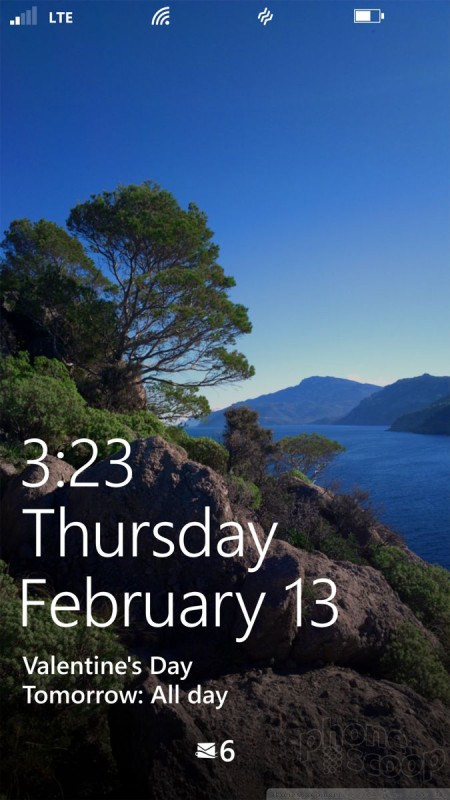




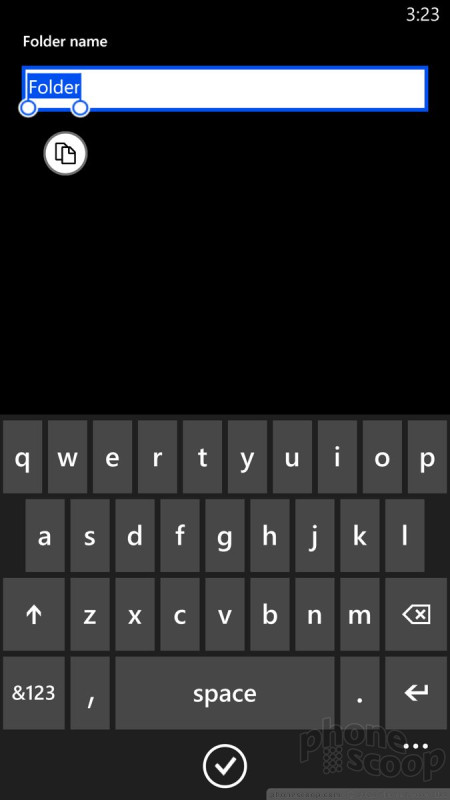



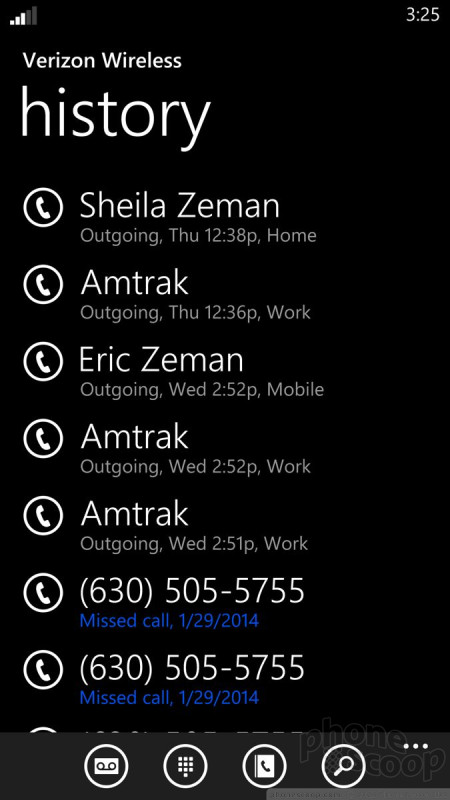



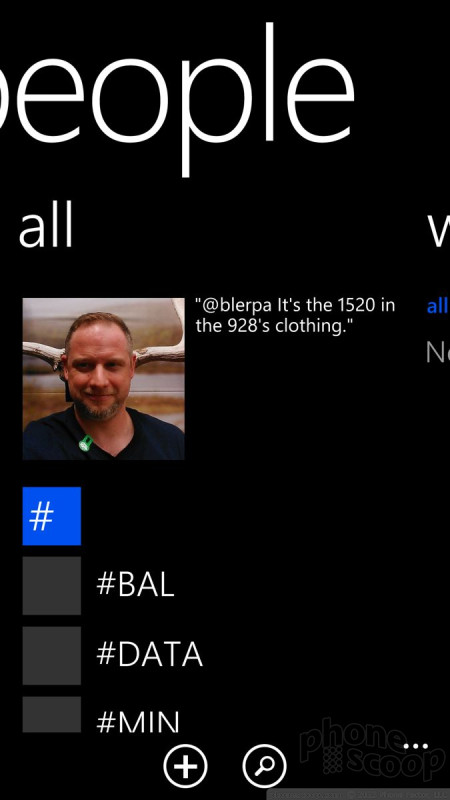




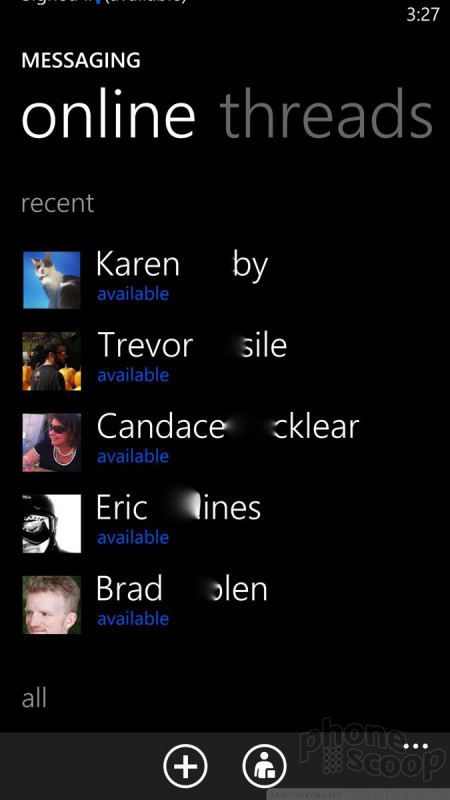








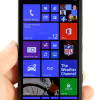 Hands-On: Nokia Lumia Icon for Verizon Wireless
Hands-On: Nokia Lumia Icon for Verizon Wireless
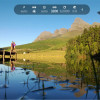 Nokia Camera App Updated with New Features
Nokia Camera App Updated with New Features
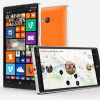 Nokia Announces the Lumia 930
Nokia Announces the Lumia 930
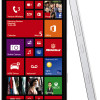 Lumia Icon Boasts Lossless 1080p Video Zooming
Lumia Icon Boasts Lossless 1080p Video Zooming
 Nokia Lumia Icon
Nokia Lumia Icon




